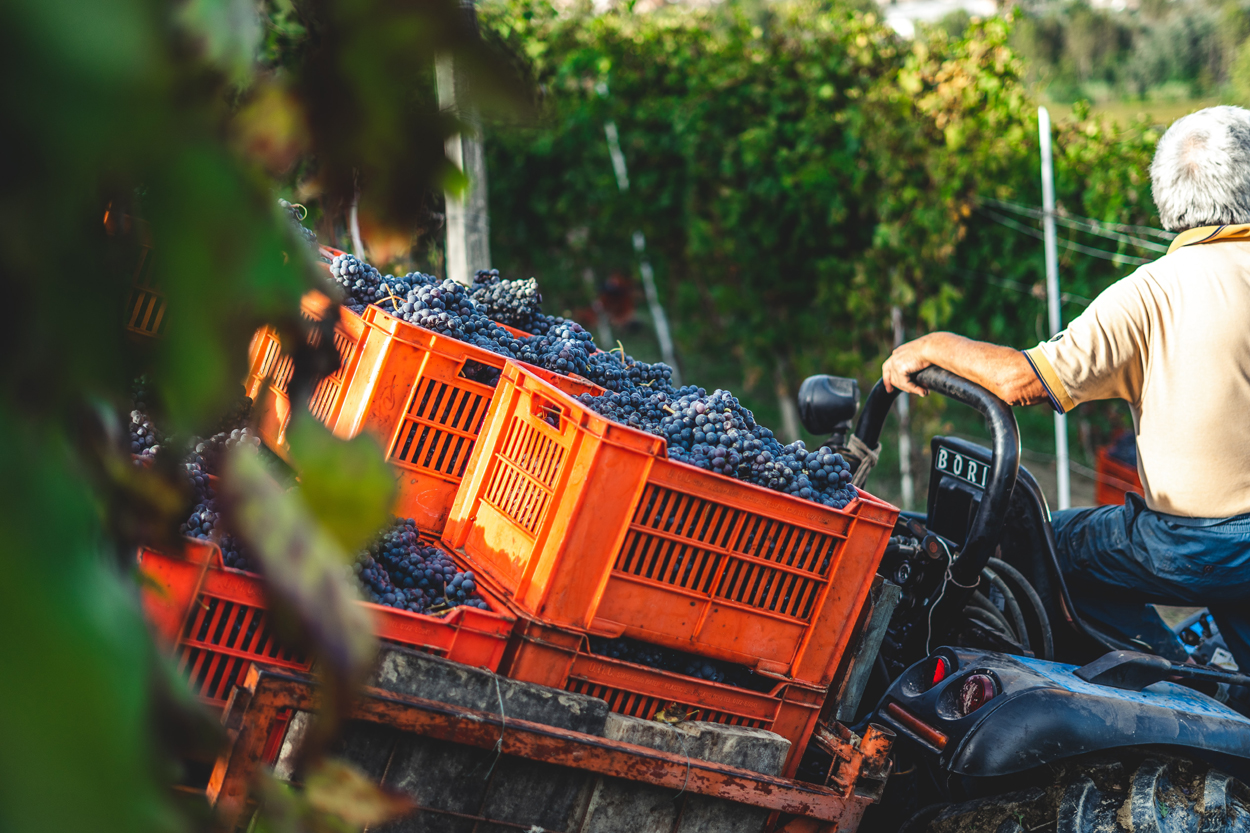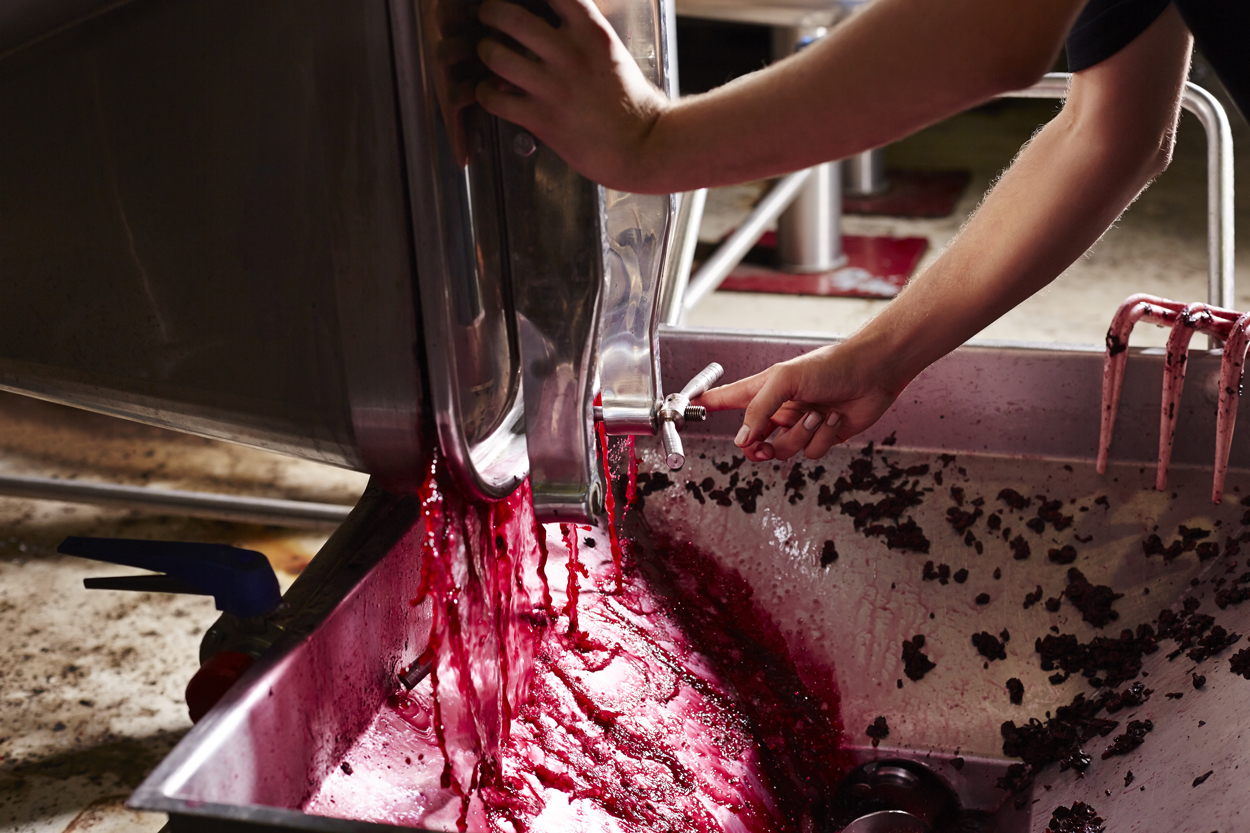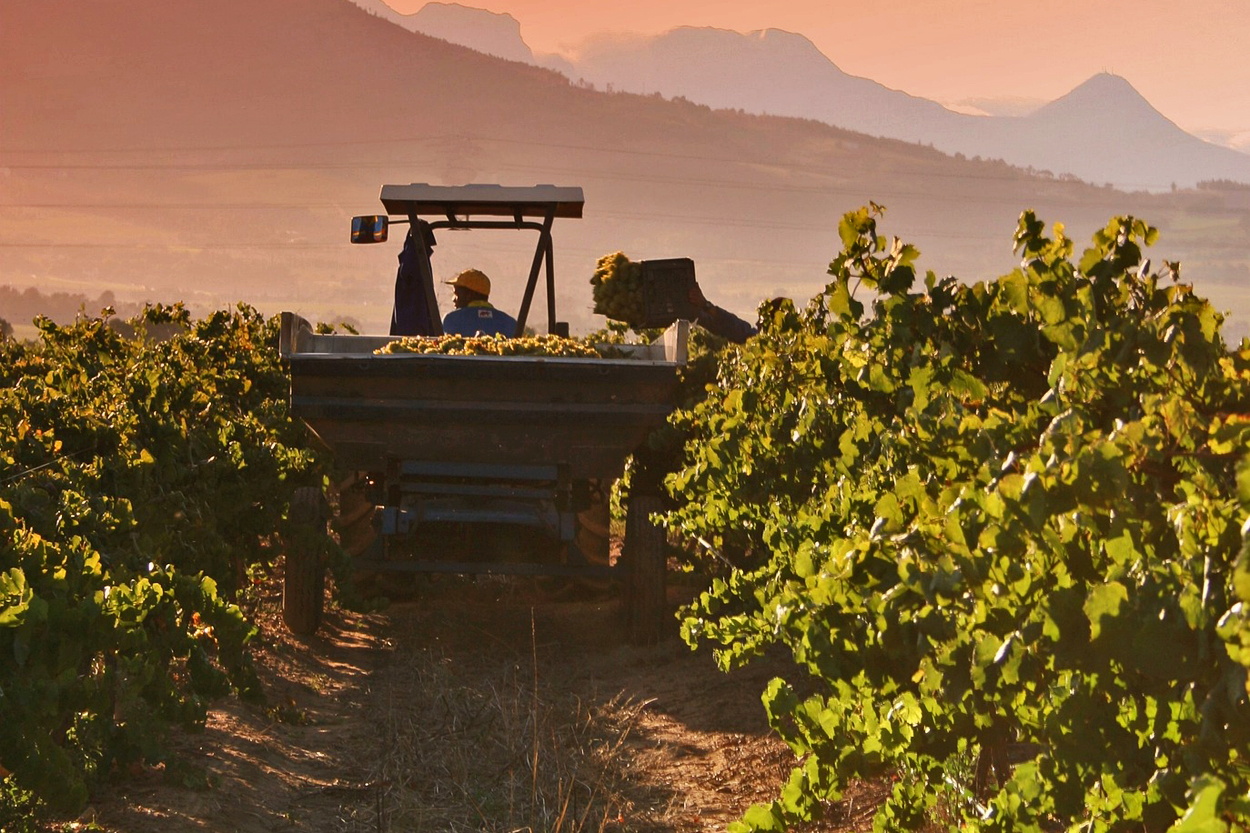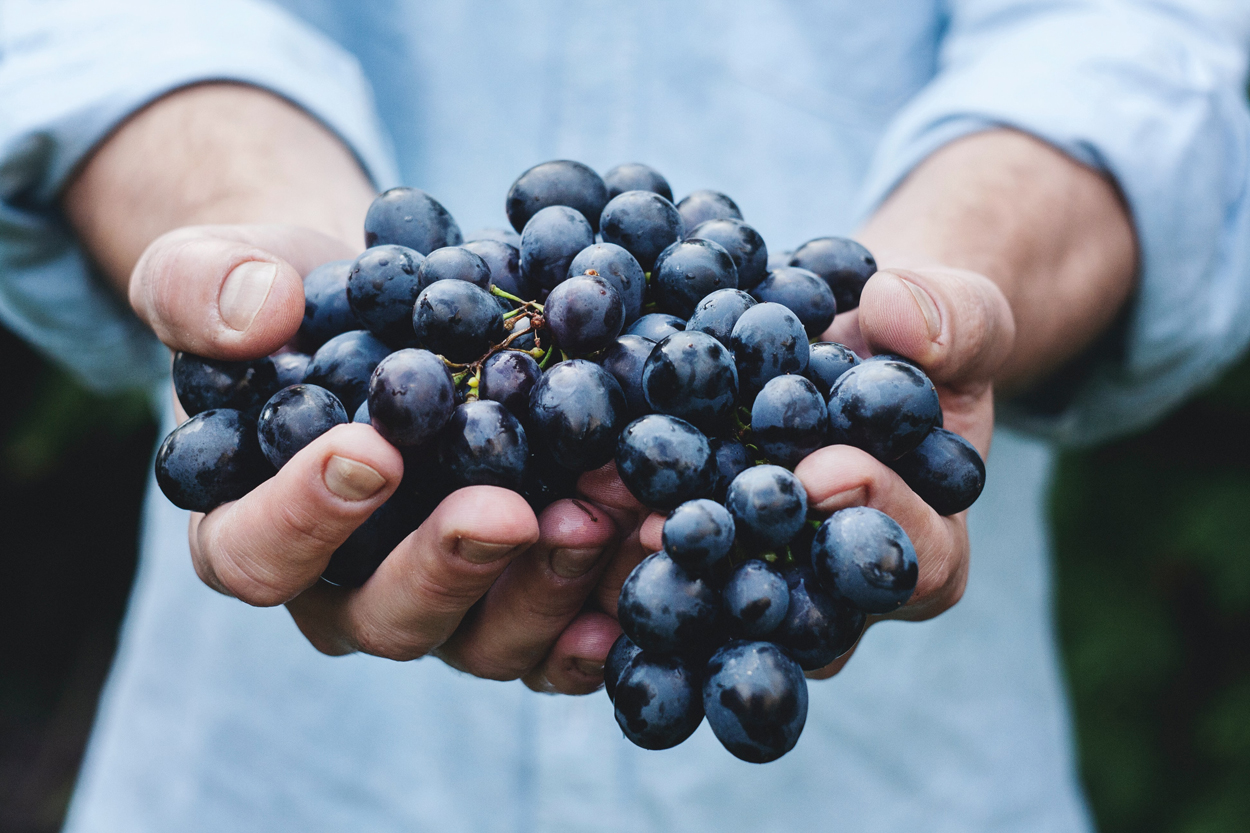What is blended wine?
Many of our favourite wines, and those which are most revered, are actually made from a blend of grape varieties. Champagne, Bordeaux, Rhone, Rioja, Amarone, Port, to name a few, are all made from a blend of grapes. A blended wine means that the wine is composed of different grape varieties blended together, rather than a wine made from just a single varietal. They typically consist of at least 40-50% of one varietal and the rest will be a blend of two or more other grapes. Blends are produced all over the world from an array of grape varieties. In addition to this, wine can also be a blend of parcels from different vineyard sites, different regions, different types of wood, and non-wood aging, and also different vintages.
Why do winemakers blend grape varieties?
Historic wine producing regions such as Bordeaux and Rhone have developed wine blends over a long period of time and these wines are emulated all over the wine producing world. The raison d’etre is that the sum is much greater than its parts. Blending can enhance the expression of a wine and add complexity, intensity, balance, texture, body and finish. Generally, what grows together blends well together; for example Cabernet Sauvignon and Merlot or Grenache and Syrah. These varieties have adapted to the same climate and make great blending partners, each bringing a unique quality to the blend. It is down to the wine maker to fine-tune the flavours and decide what composition of grapes they would like to use to create their desired style.
Single varietals vs. blends
There are a few grape varieties that can make a complete, balanced, complex wine without blending. For example, Burgundy produces single varietal wine from Chardonnay or Pinot Noir. Barolo is made from a single varietal, Nebbiolo, by law. These wines will be named by region rather than variety.
A wine that is labelled by single grape variety e.g., Merlot or Sauvignon Blanc may not be entirely made from that variety. Varietal labelling laws do vary. Within the EU, a wine using a varietal label must contain at least 85% of that variety, the same rule applies to Argentina, Chile and South Africa and New Zealand. In the USA, the minimum requirement is 75% to be labelled as a single varietal wine.
In summary, most wine is in fact a blend to a certain degree and the blending process is the art form of the wine maker.
Our top blended wine picks
Bordeaux
Due to the marginal climate in the Bordeaux region it has been essential to plant both Merlot and Cabernet Sauvignon as a way of hedging your bets. These two varieties have different ripening times. Cabernet Sauvignon takes longer to ripen and can struggle to ripen in cooler years. In such years, you will always have merlot which ripens earlier. Merlot is also used to soften the high tannin and acidity of Cabernet Sauvignon. The blend will change every year, and the vintage variation is significant.
A classic Bordeaux red blend usually combines two or more of the permitted Bordeaux varieties: Cabernet Sauvignon, Merlot, Cabernet Franc, Petit Verdot, Carmenère and Malbec. Generally, the wines from the left bank will be Cabernet Sauvignon dominated and those in the right bank will be Merlot dominated.


Les Tours de Beaumont, Chateau Beaumont, Haut Medoc, 2016
Almost equal amounts of Cabernet Sauvignon and Merlot, with a good proportion of Petit Verdot for a touch of seasoning. Attractive red and black summer berry fruits fused with a touch of pepper. Well infused / knitted together on the palate with a red, summer berry fruit core and blended with a touch of cassis, cedar and nutmeg.
Sothern Rhone Valley
Many different grapes can be included, but typically wines will be made from a blend of Grenache, Syrah and Mourvedre, with Grenache and Syrah the dominant partners. The well-known appellation of Chateauneuf-du-Pape allows up to 13 different varieties to be used in its blends, but Grenache and Syrah dominate these wines as well.


Domaine Lafond, Lirac Rouge 'La Ferme Romaine', 2019
Fashioned predominantly from Grenache and Syrah, with a little Mourvedre for extra structure. A charming nose of spicy black fruits with added cherries. Full, round, impressive style with loads of seductive bramble and loganberry fruits fused with soft spice. Great purity and a lingering freshness. Perfect served with some roasted lamb, venison or a hearty stew.
Champagne
The grapes used to make this illustrious sparkling wine are Pinot Noir, Chardonnay and Pinot Meunier. The Chardonnay brings elegance, finesse and a creamy texture. Pinot Noir contributes fruit and structure, while the Pinot Meunier produces an intense bouquet.


Billecart Salmon Brut Reserve Champagne, NV
This is a light, harmonious champagne, and one of the best Grand Marques. Crafted from a blend of Chardonnay and Pinot Meunier, with a touch of Pinot Noir, this is a lively and sophisticated Champagne with charming elegance and a sumptuous long finish.
New world blends
These play homage to the classic wine producing regions and can be complex and powerful, while also offering a smoothness and harmony of flavours.


Franschhoek Cellar The Last Elephant, Western Cape, South Africa 2019
This is an excellent example of a South African, Bordeaux-inspired red blend made up of Merlot 60% Cabernet Sauvignon 25%, Cabernet Franc 10% and Petit Verdot 5%. Vibrant aromas of blackcurrant and black cherry are underpinned by delicate hints of tobacco and leather. Bright, ripe and round with silky tannins on the mid-palate fused with more red cherry, black pepper and cedar oak spice with a long finish. A great match for a classic roast beef.
Port
Port is made from a ‘field blend’ which means that the grape varieties are harvested and vinified together. This is different from a normal blend where the grape varieties are harvested and vinified separately ad blended together after vinification.


Quinta do Noval Fine Ruby, NV
A Tinta Roriz, Touriga Franca and Tinta Barroca dominant blend, where the wine has an average age of 2-3 years. This Fine Ruby is vinified in stainless steel followed by 2-3 years in large wooden vats, which creates a deeply coloured, lively and fresh Port perfect for everyday drinking!









